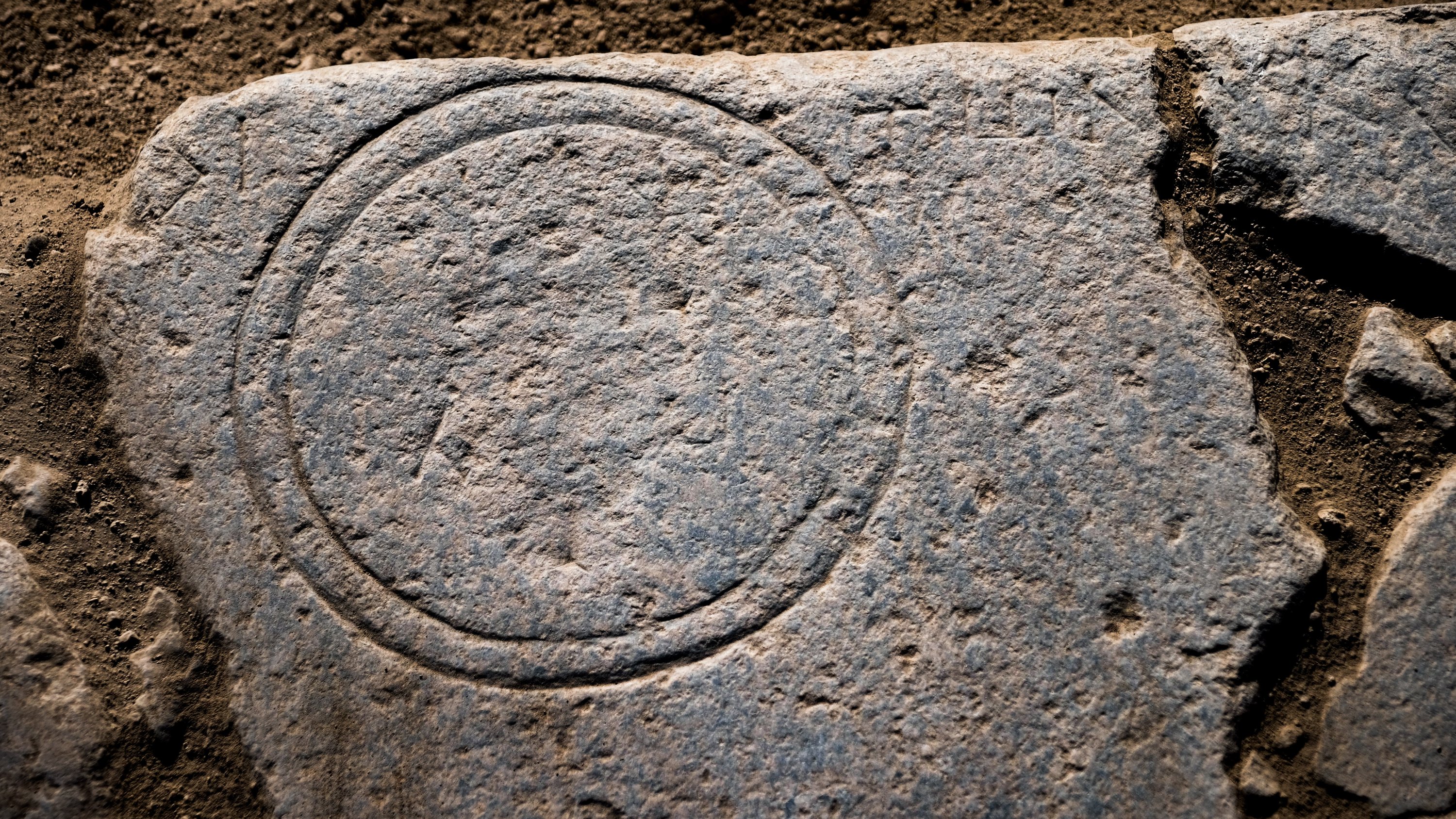© Turkuvaz Haberleşme ve Yayıncılık 2024
In the ancient city of Savatra, nestled in the Yağlıbayat neighborhood of the Karatay district, a unique discovery was made. A Byzantine church, the site of the first inscription containing the term 'Turk' in Anatolia, was unearthed during surface surveys in 2020 and meticulously detailed two years later.
Under the leadership of Ilker Işık, head of the Department of Conservation and Restoration of Cultural Properties at Selçuk University, this season's excavation focuses on a 5,000-year-old mound within the ancient city. Speaking about the significance of the site, Işık said: "Last year, we excavated a church, and this year, we've uncovered another Byzantine church dating back to the 12th century. This suggests that Savatra had a significant community and demographic structure during the Byzantine period. Understanding the city's political, military and strategic role from the Roman to the Byzantine era is crucial, and this excavation will provide valuable insights."
The mound dates back to the Early Bronze Age and reveals that Savatra was a major settlement and trade hub from ancient times. "Savatra, being on a trade route, hosted important visitors and served as a military base for many years. The continuous settlement from the Early Bronze Age through the Byzantine period shows the city's enduring importance," Işık added.

Işık also emphasized the importance of the recent discoveries in Turkish history. "The discovery of the first inscription containing the term 'Turk' in Anatolia here is of great significance. We are also finding other artifacts, such as figurative examples and runic symbols, which provide new insights into the history of the Turks in the region. We are committed to continuing this research and uncovering more about Savatra's historical identity."
The ongoing excavation has also uncovered significant artifacts, including inscriptions, coins, ceramic pieces and fresco fragments. Among these, a terracotta figurine of a woman was particularly notable. These findings offer clues about the previous eras of the church and provide a glimpse into the rich history of the region. Despite some damage from treasure hunters, we are excited by these rare discoveries and are committed to continuing our work to contribute to the historical and cultural heritage of Konya.
